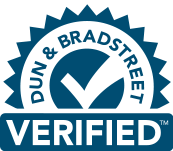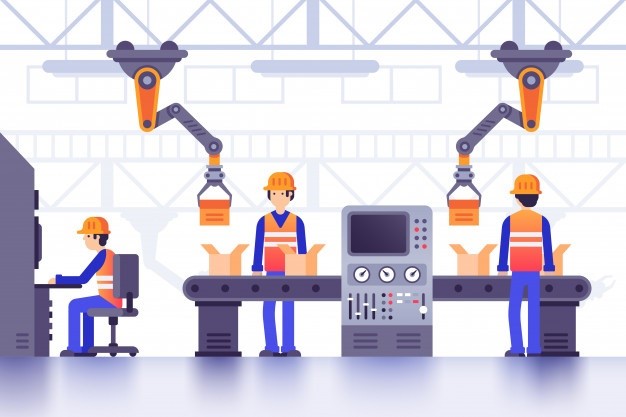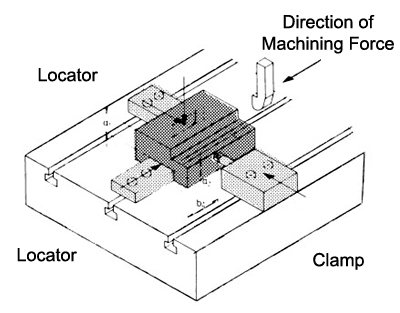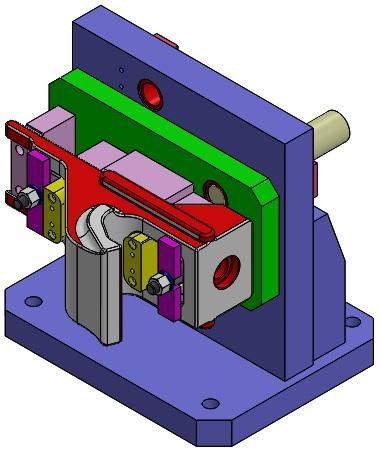A fixture is an engineering device equipped to locate, hold, and support a product during a manufacturing operation. It is developed by amalgamating fixture bodies, locators, supports, and clamps. The components of a fixture design are available in wider range that allows engineers to select the right one befitting their workpiece and operation.
Fixtures are very crucial for any production process especially in automated manufacturing, inspection, and assembly operations. They are often used for developing the finished parts that have stricter tolerances to accentuate surface finish. Fixtures can fundamentally increase a product’s efficiency at many levels such as inducing easier loading and unloading of parts and diminishing the requirement of the repetitive tasks.
Elements of Fixtures
Locators: A locator is often a fixed component of any fixture. It helps engineers to create and maintain the site in a part in the fixture by restraining the constant movement of the part. A locator is flexible in its nature and hence, becomes very helpful during a product of greater variability in shapes and geometrical conditions.
Clamps: A clamp is said to be the force-actuating mechanism of any fixture. It helps in holding a part securely in the fixture while safeguarding it from all other external forces by exerting forces.
Supports: A support can be a fixed or adjustable element of a fixture design. When there are probabilities of critical part dislocation or deflection during the process of imposed clamping and processing forces; supports are inserted and installed below the workpiece. It helps in preventing constrain deformation. Supports should be compatible with the locators and clamps of a workpiece.
Fixture Body: Also known as tool body, fixture body is the foremost structural element of a fixture. It helps engineers in maintaining the spatial connection between the fixturing elements viz. clamps, locators, supports, and the machine tool on which the part is being processed.
General Requirements of a Fixture Design
To maintain the workpiece stability during a machining process, an operational fixture should satisfy several requirements to fully perform its functions as a workholding device. The following constraints must be observed while designing a viable fixture:
Deterministic Location
A workpiece is believed to be kinematically restrained when it cannot bear a single movement without losing grip with at least one locator. The workpiece is controlled by a comprehensive set of perfectly installed locators for a clearer presentation helping engineers to operate. Establishing errors due to locators and positioning surfaces of a workpiece should be reduced to make the balance perfectly, and accurately between the workpiece and machine coordinate frame.
Total Constraint
Engineers recommend a workpiece to be an utter constrained stage during the entire product engineering process to prevent any kind of movement. The installation of clamps ensures strict security of forces to hold the workpiece still once it is located. An absolute controlled part should be able to stay in a stationary equilibrium to resist all possible processing and external forces or commotion.
Contained Deflection
Workpiece deformation cannot be neglected because of its elastic/plastic nature and the external forces emerged because of clamping actuation and engineering operations. It is important in fixture design to limit the deformation as per an acceptable magnitude to successfully achieve the tolerance specifications.
Geometric Constraint
Geometric constraint ensures that all the elements that have been fixtured have an easy access to the datum surface. This also helps engineers to ensure that the fixture components do not get in the way with cutting tools during a machining operation. Moreover, a fixture design should consist of enviable features including quick loading and unloading, fewer components, robust accessibility, cost-effectiveness, easy design for multiple cutting operations, and portability.
 +91-120-4736400
+91-120-4736400 info@sphinxworldbiz.com
info@sphinxworldbiz.com



















